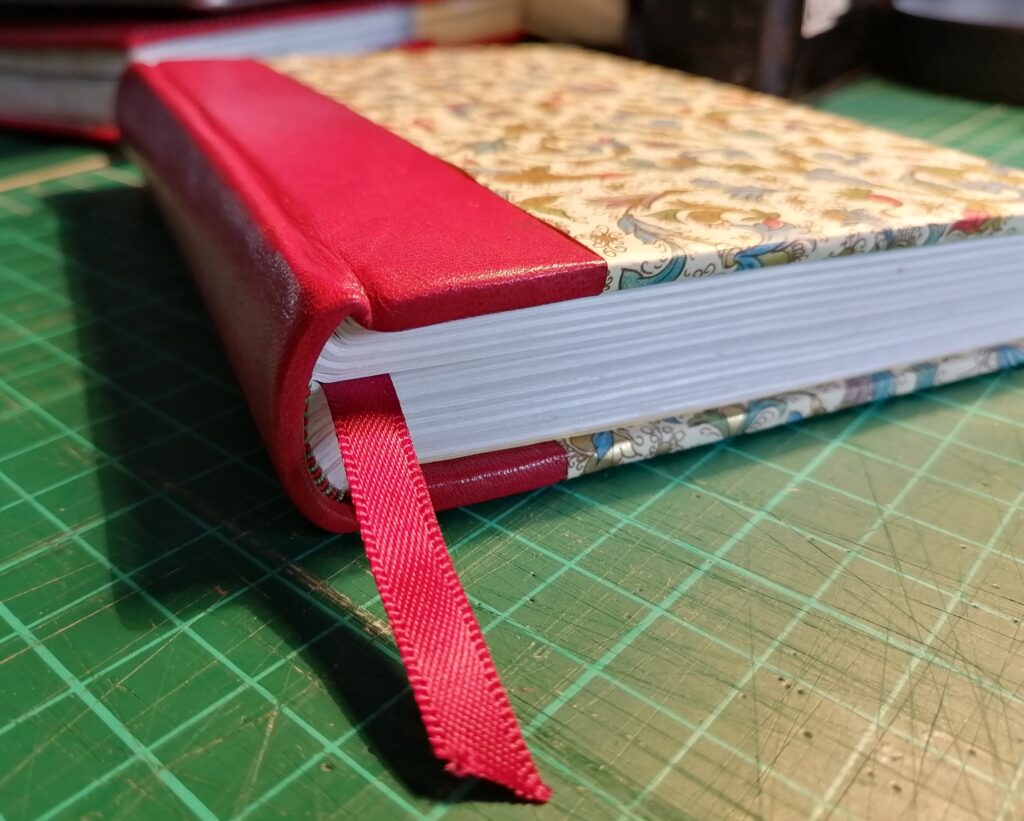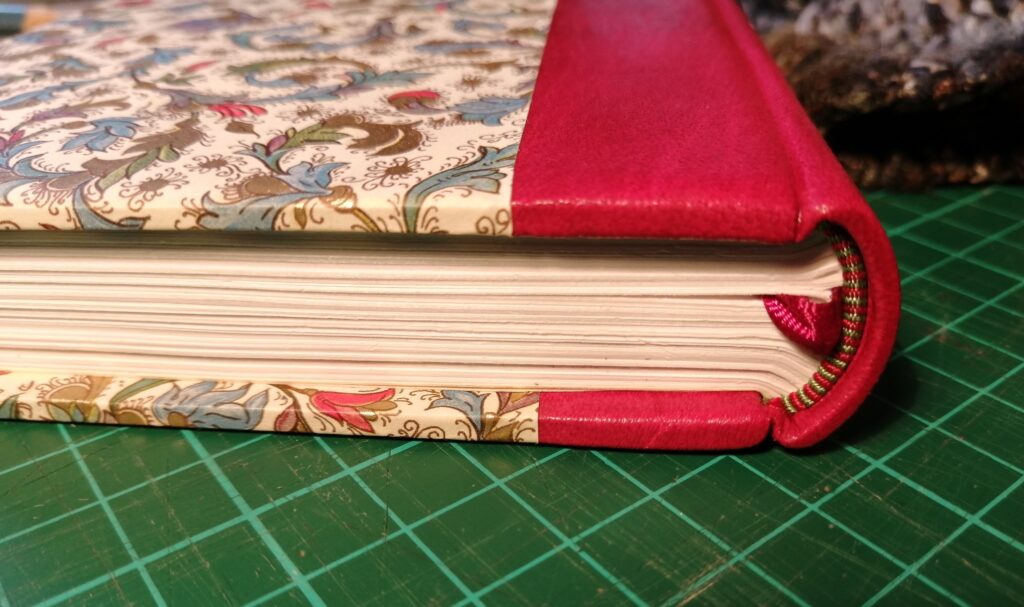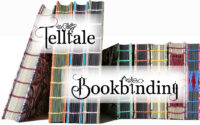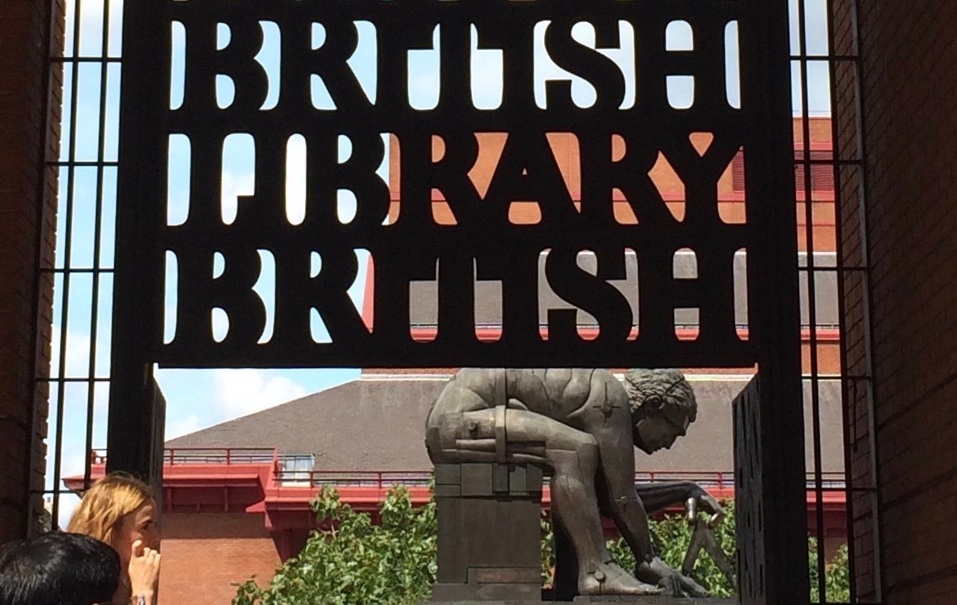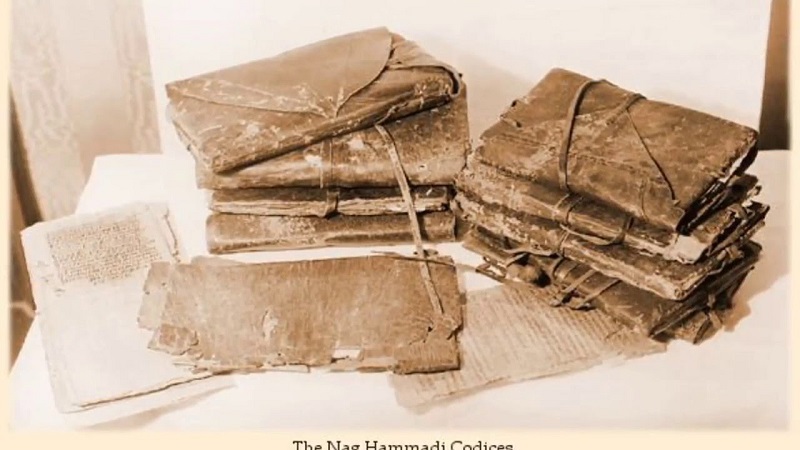Higham Hall
Set in the most glorious of landscapes in the west of the Lake District, Higham Hall is “an Educational Trust providing a creative hub for enrichment and development for adults of all ages”.
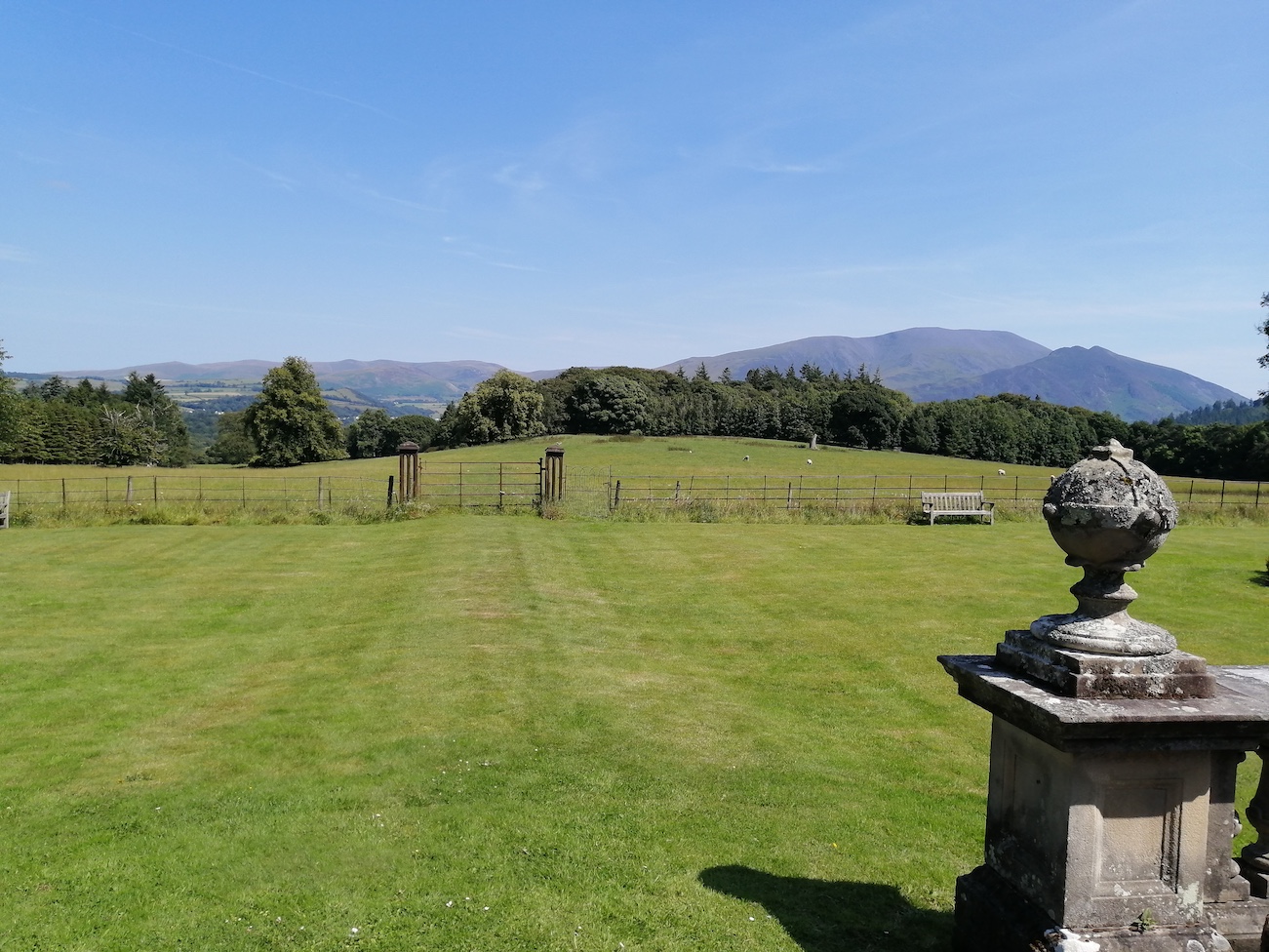

Courses at Higham
It offers a wide range of short courses and I have now attended two; the first on illumination and this second, on bookbinding.
The selection of the courses you can expect at Higham Hall range from Painting the Sea, Harp and Flute recitals, to Shakespeare in the Garden – this year, A Midsummer Night’s Dream.
Bookbinding Playtime
The title for this weekend was Bookbinding Playtime, and not having been on a bookbinding course for some time, I wasn’t sure what to expect. Would I be good enough? Should I have tried the beginners bookbinding course and refreshed my skills? The course had a very open ended blurb: you can bring projects you’ve been working on or you can start something new.
I thought I would have plenty of time to prepare what I wanted to focus on, but of course, life get’s in the way and I ended up throwing papers, boards and any number of bits and pieces into a box and hoping for the best.
Higham Hall
‘a creative hub for adults of all ages…’
Higham Hall
The gardens and view
As it turned out, I needn’t have worried. Our course leader was Doug Mitchell, who was a binder at the British Library for many years and is experienced in all forms of bookbinding and restoration. He put all my fears to rest. The projects others brought to the course were mostly restoration and preservation work. Some books where over three hundred years old a needed a lot of careful thought going into their preservation.
I had no such problem. I wanted to do more casement work and if possible work with leather. After a short chat with Doug, he suggested I make a quarter binding book – a book with a leather spine. I thought – Brilliant – I can cope with that!
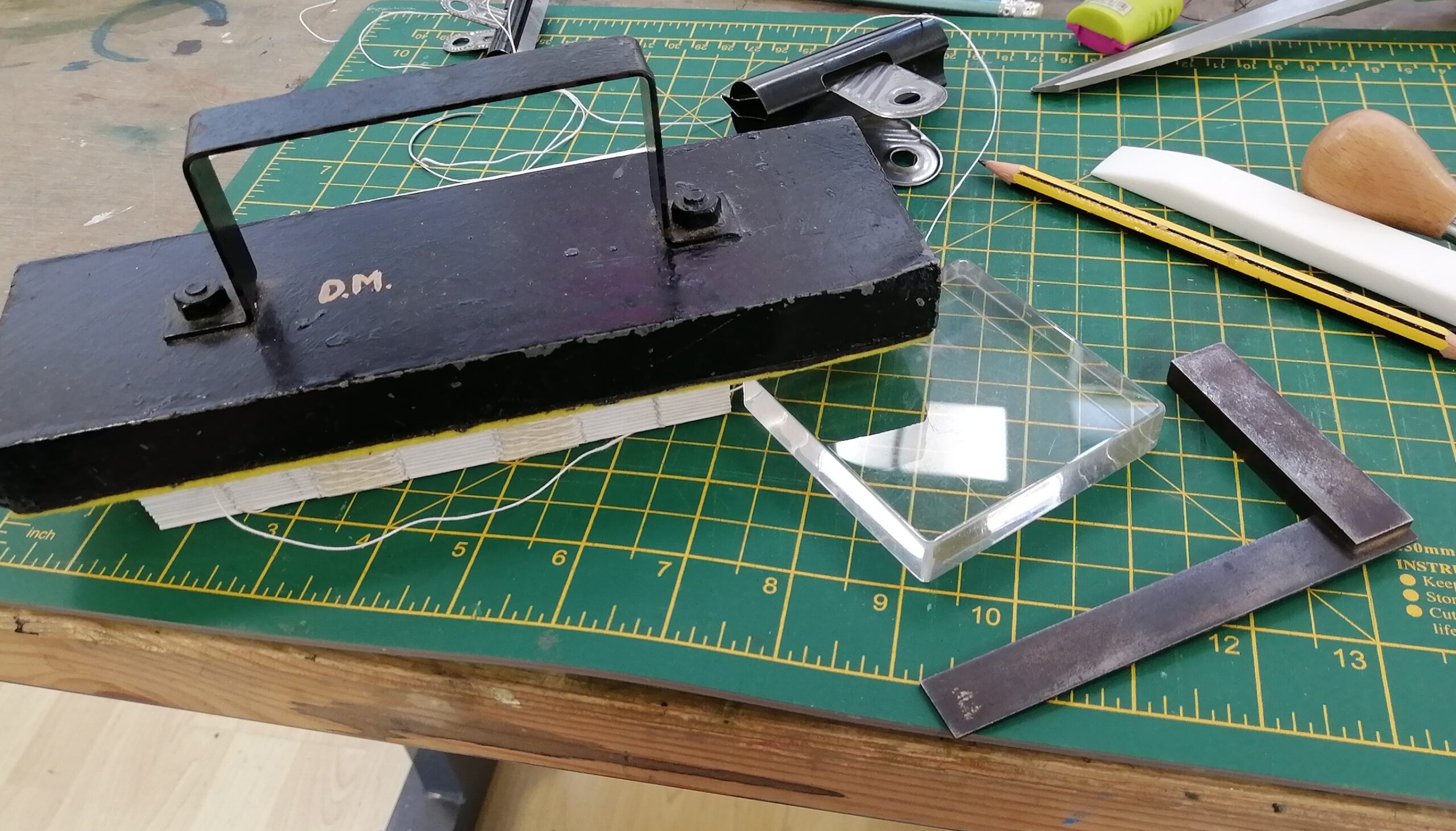
Weighing the text block
You can just see the spine and the French stitch.
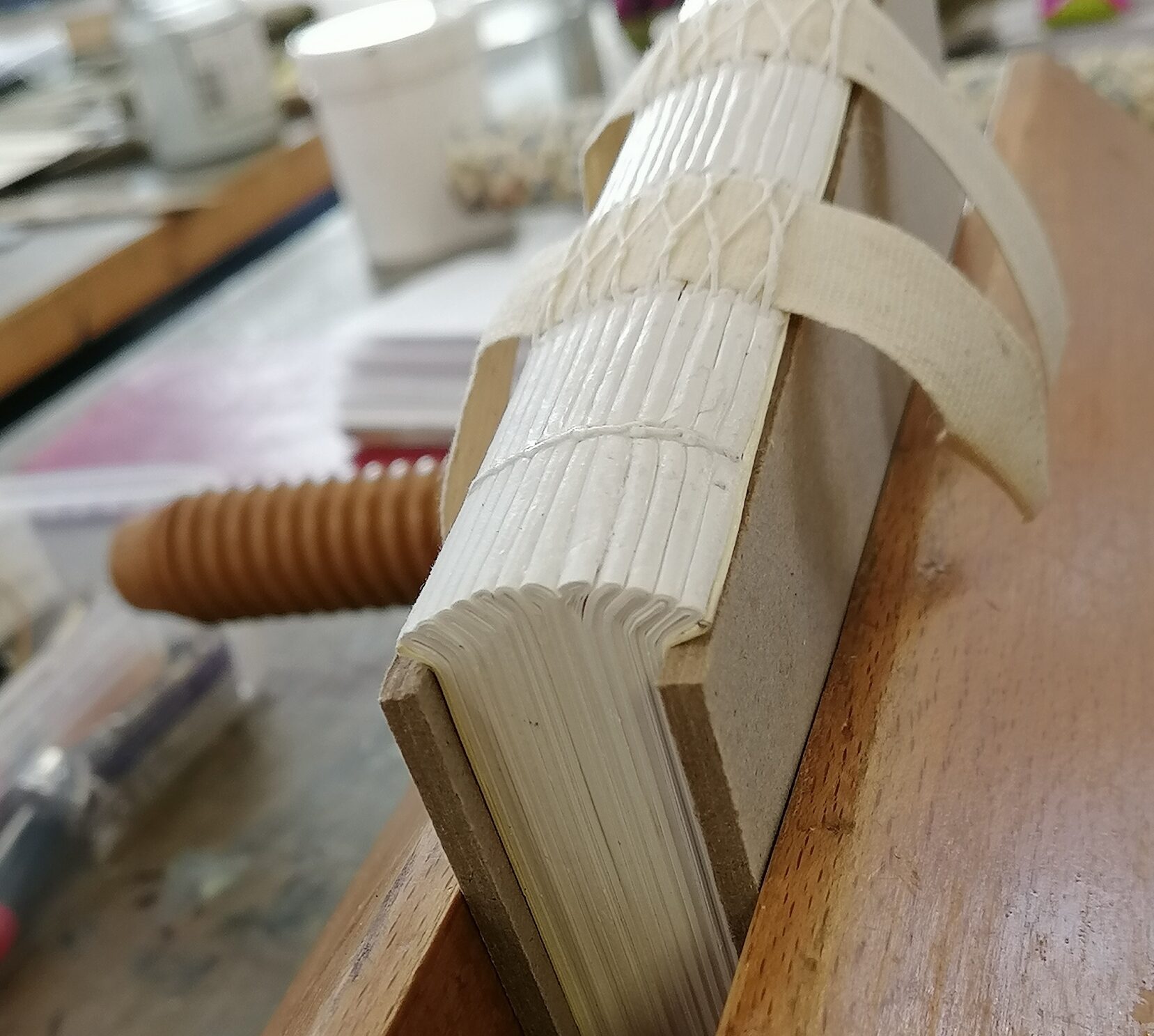
Rounding and Backing
The shaping of the spine can be seen here.
The text block
We discussed the kind of stitching I was used to and he finally suggested using a French stitch over the two tapes on the spine. After the text block was completed we moved onto Rounding and Backing.
This I had not done before. Rounding with where you manipulate the spine into a gently curve; backing is where you continue this process by using a hammer to shape.
There is an excellent video explaining these processes given by DAS Bookbinding if you want to get into the nitty gritty.
Again, Doug lead me through the finer details of how to do this without breaking the spine. After this I added ribbon, head bands and linen to the spine and then we were ready for the leather.
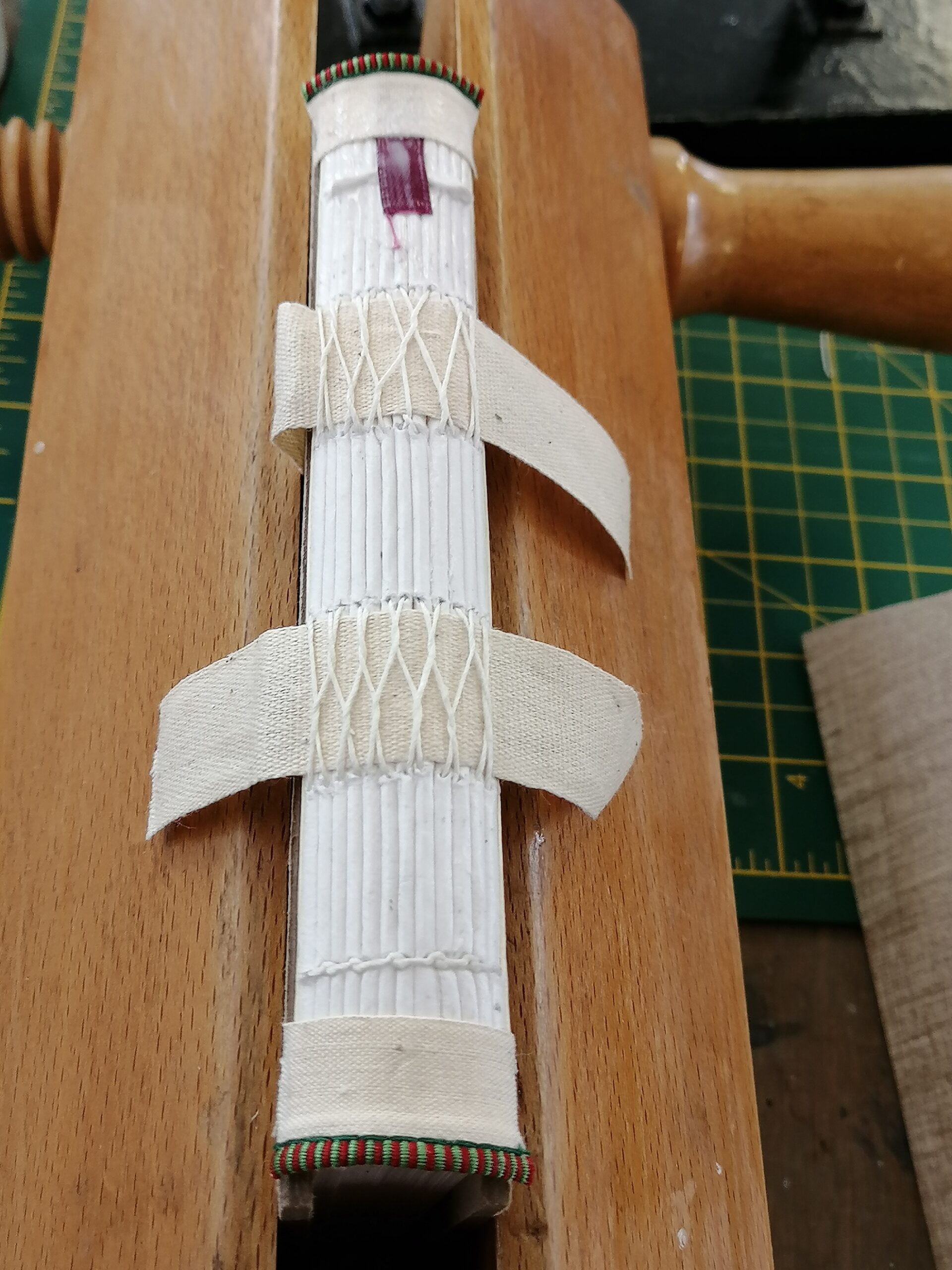
Spine work
French stitch over ribbons, head bands fixed.
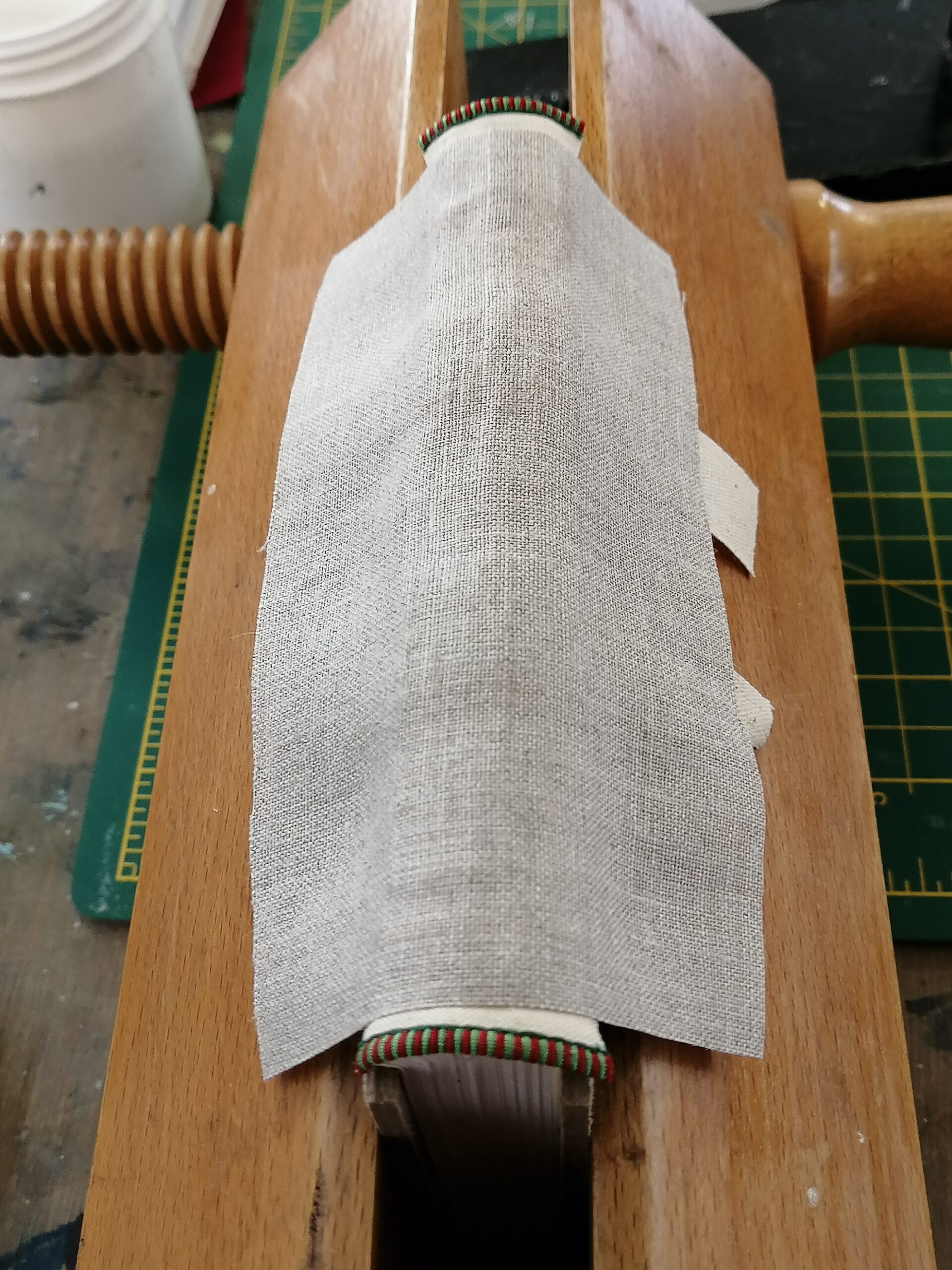
Spine with linen
Linen glued on for further support for the spine.
Working with leather
Now, the leather I have worked with were off cuts – left overs from furniture work or clothing and bags etc. They have a lot more stretch and give and are more difficult to pare. This type of leather is best used for more loose folio bindings.
Consequently, I selected a beautiful deep red from Doug’s supply and he demonstrated the difficult skill of paring – the thinning or slicing away of leather to make it easier to work with. We thinned the edges and the top and bottom so that it wouldn’t be too thick when folded over. He made it look very easy, slicing slithers of leather away. I just seemed to shred it.
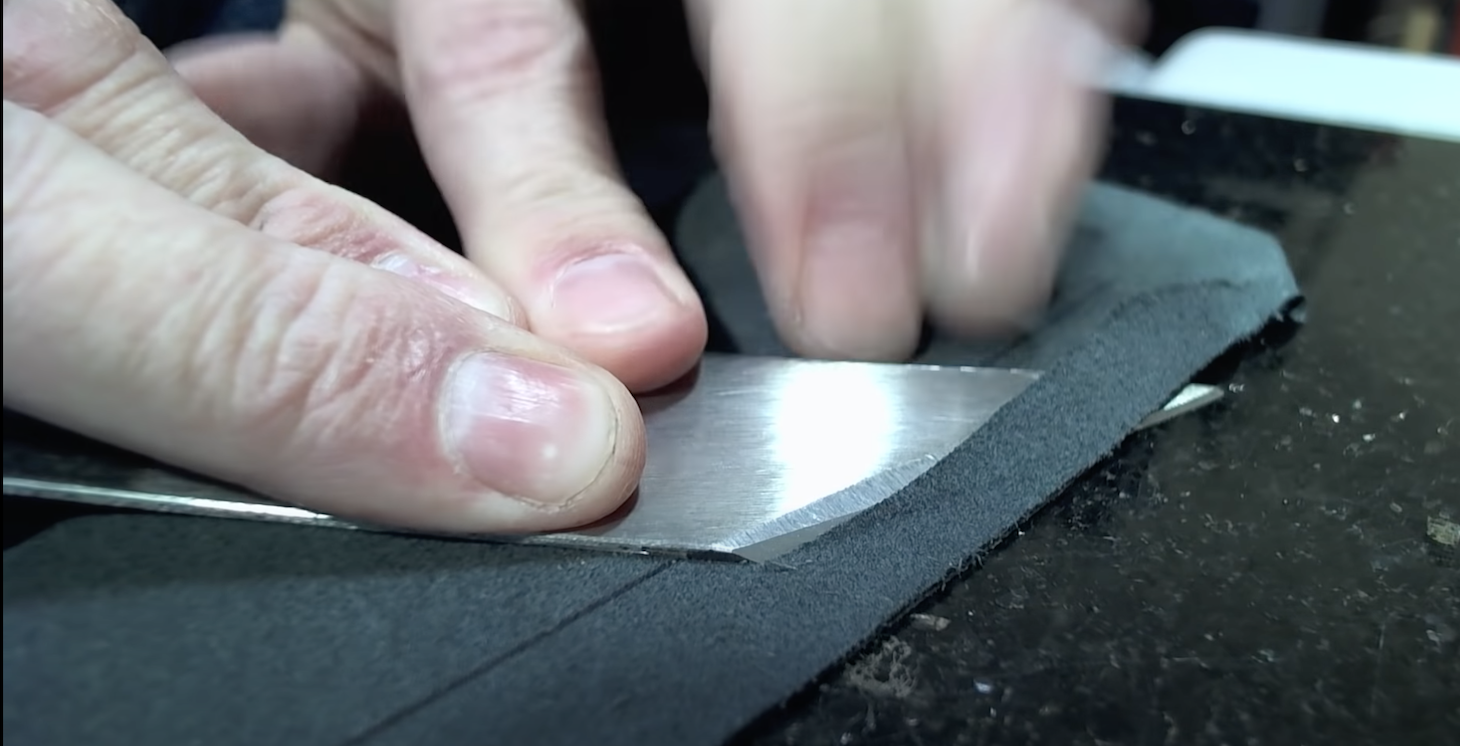
Paring leather
You need a very sharp knife for this.
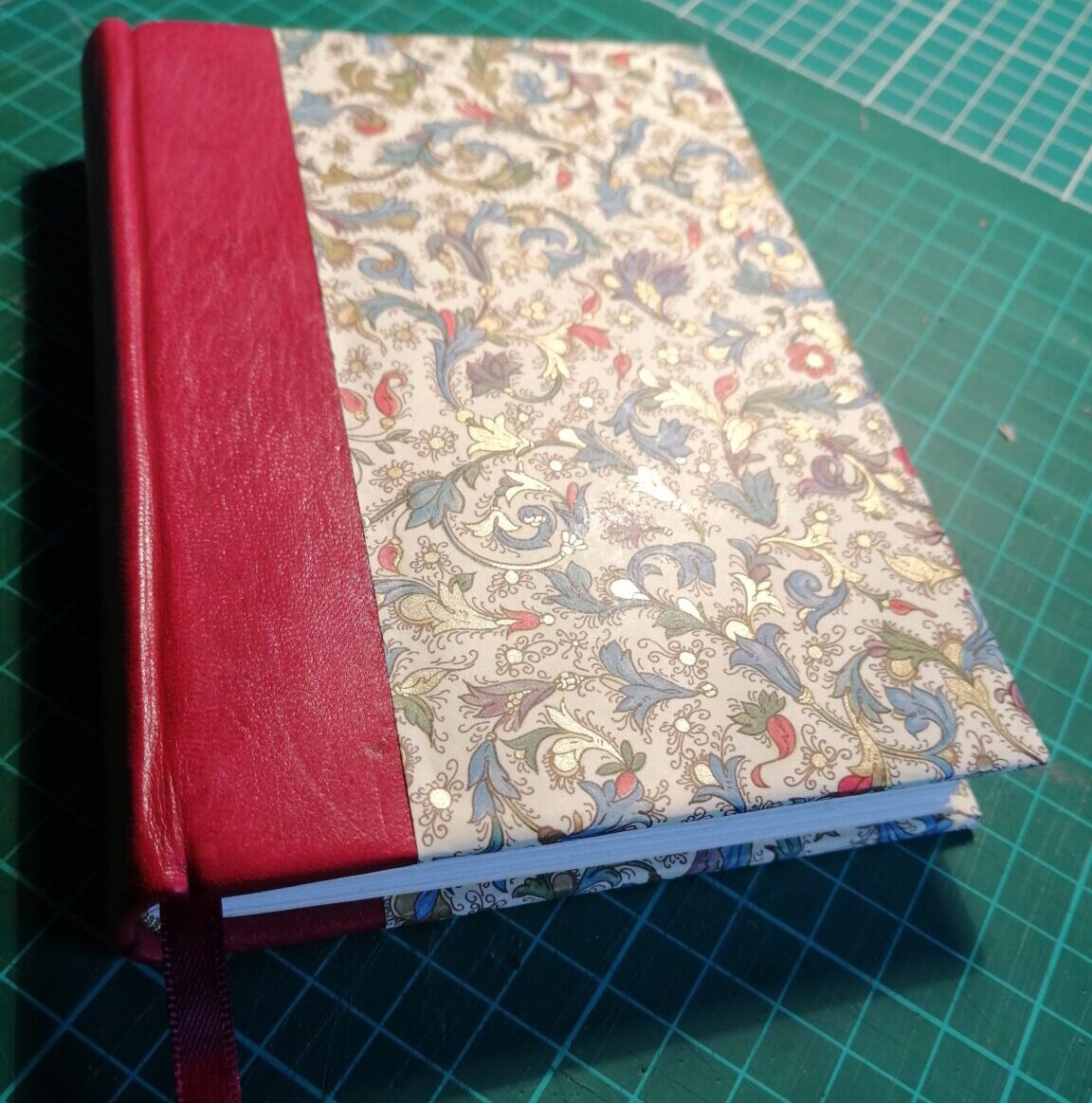
Finished book
Half bound, leather spine, Venetian paper covers.
After placing the boards on the text block, the leather is glued and wrapped around the book. Careful attention is given to the placing of the card that supports the leather spine, whilst ensuring everything is lined up and fitting snuggly. I think I needed about forty-five fingers to do this.
The case is still separate from the text block at this point, so I could turn the ends of the leather over and glue them. Doug did some magic with a piece of string and wrapped it round the spine to keep the shape. This was then left to dry overnight.
Finishing off
After the stress of the previous day, all I had to do was cover the rest of my boards. I had brought with me some beautiful Venetian papers I’d been saving for something like this.
All I had to do was choose which one. Finally, endpapers were also glued into the boards.
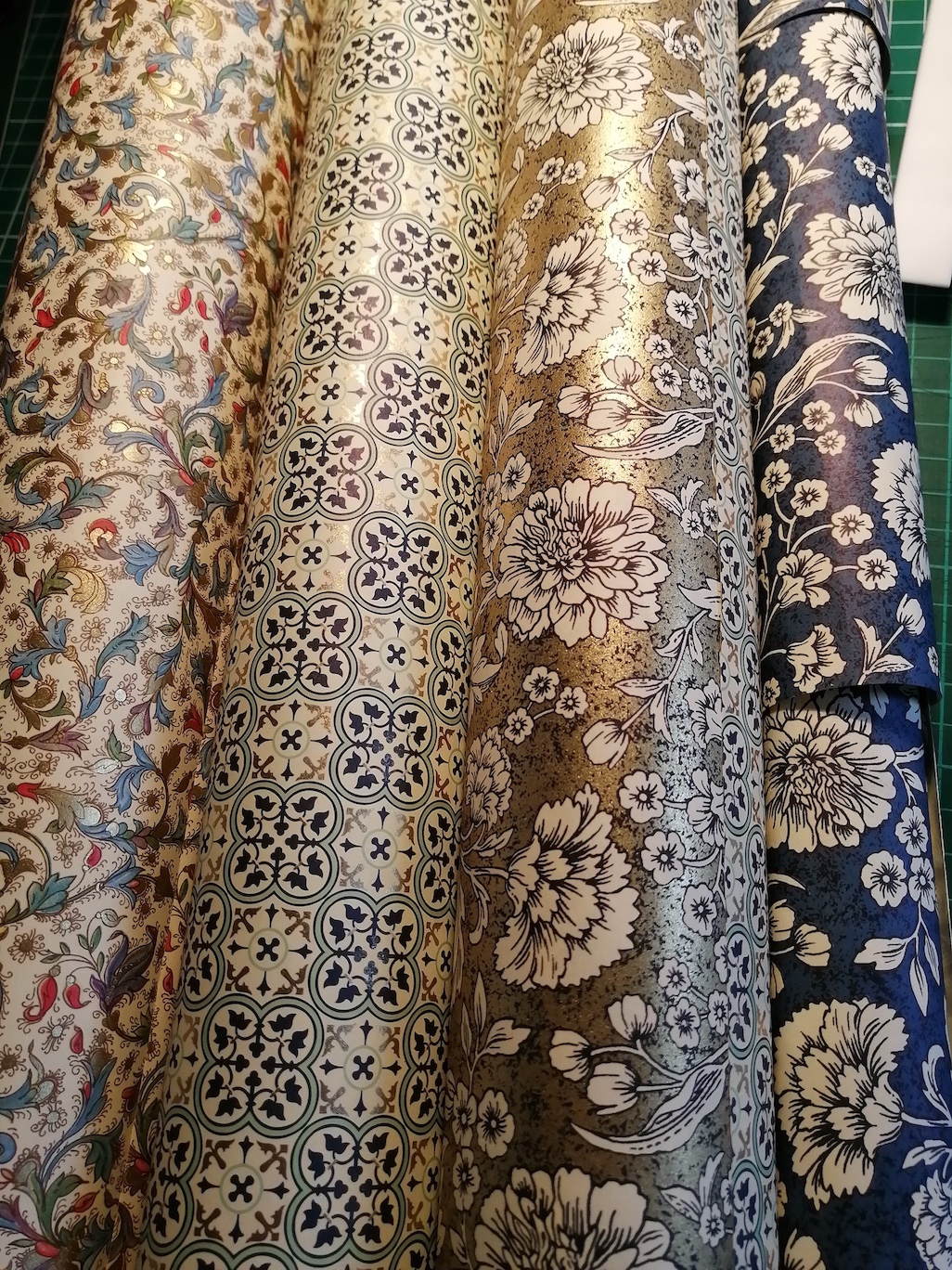
I can’t tell you how proud I am of that little book. It all fits so snuggly together and the leather is beautiful.
I set to work making another book immediately so I didn’t forget the process. I have learned such a lot: not only through clarifying the sequence and process of making the book, but also in realising I need to give myself the time to practice.
Higham Hall
Below is the second book I finished again with blue leather spine and Venetian cover papers. The text block however, was made wit 150gsm Khadi papers.
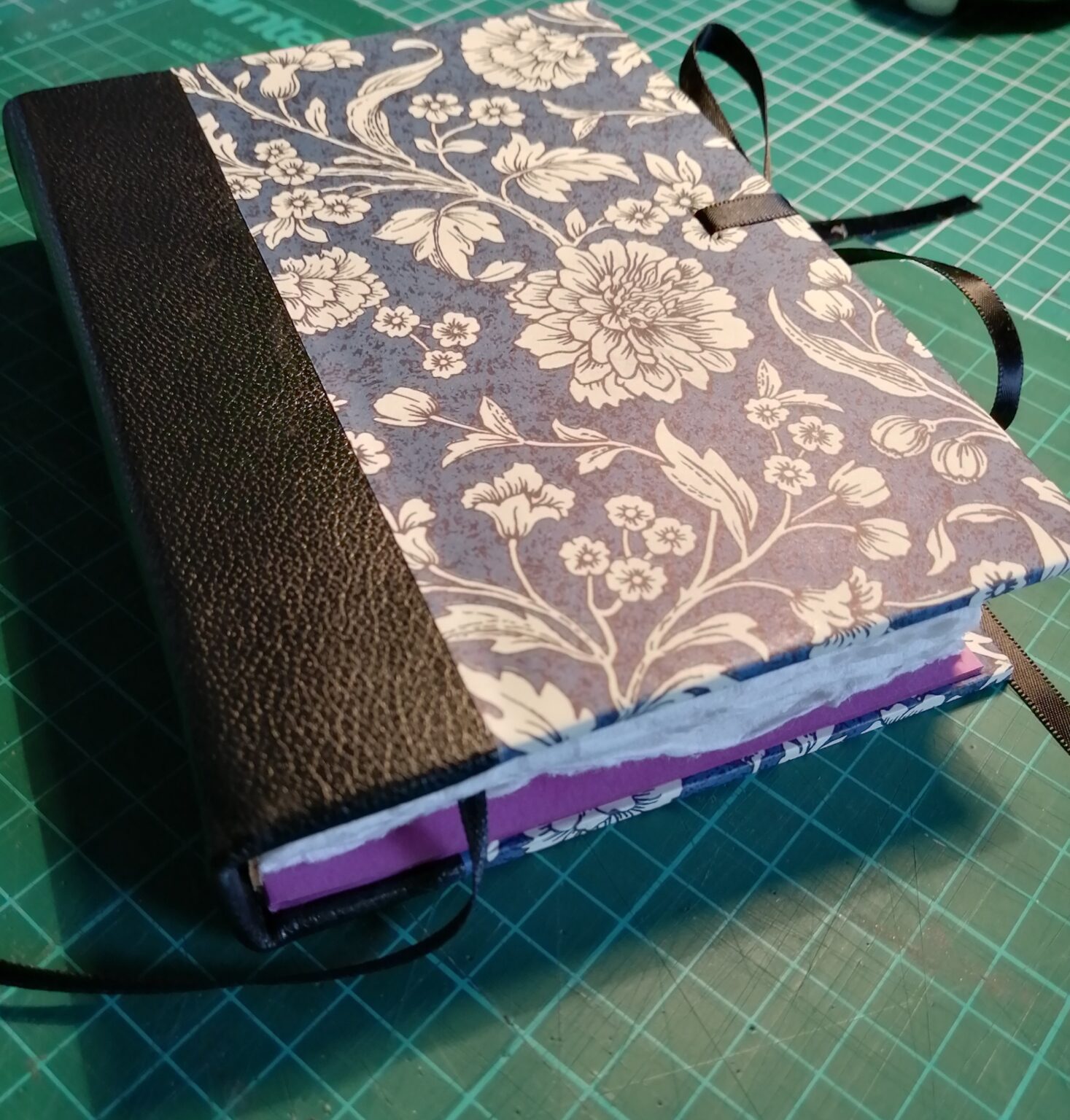
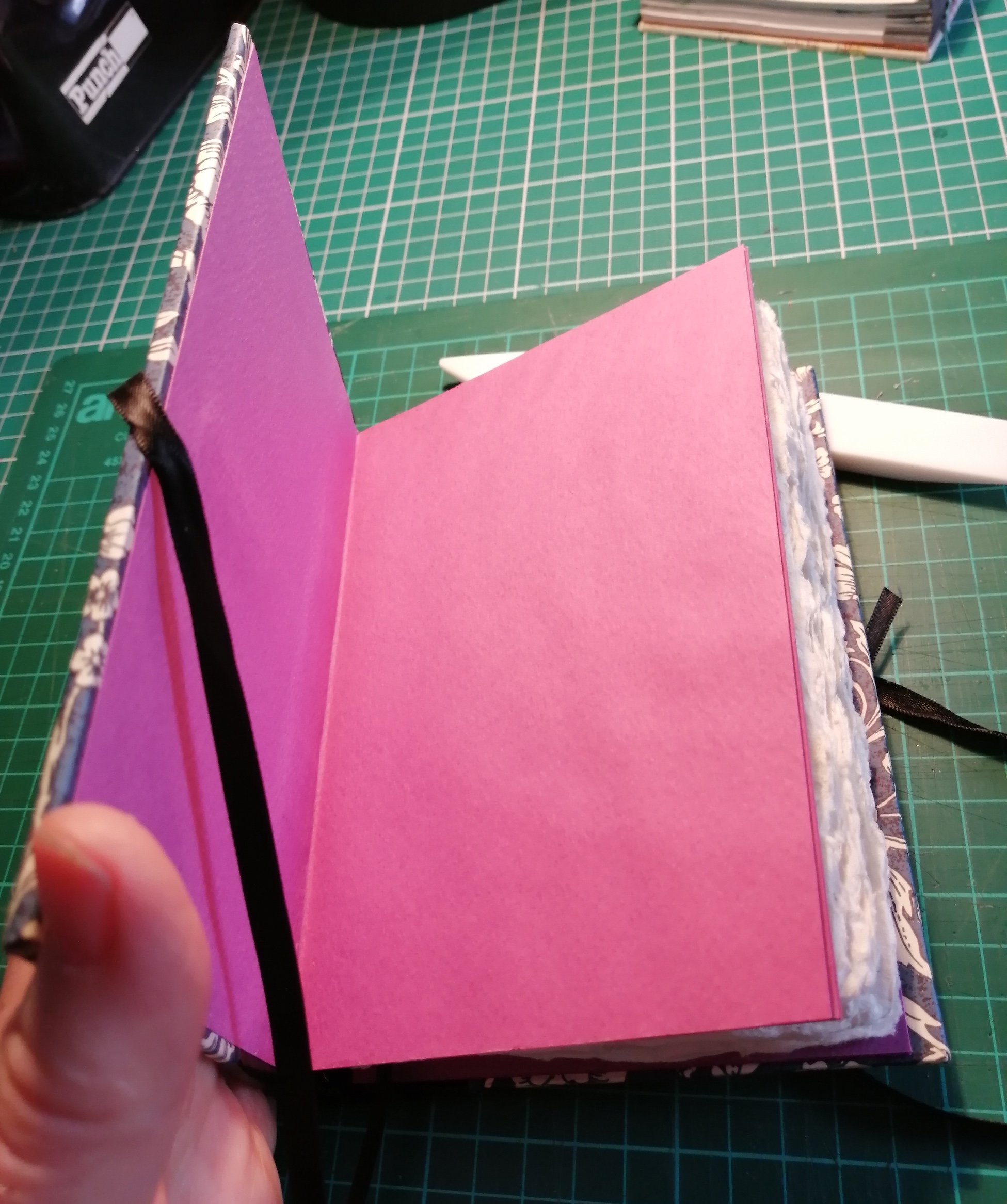
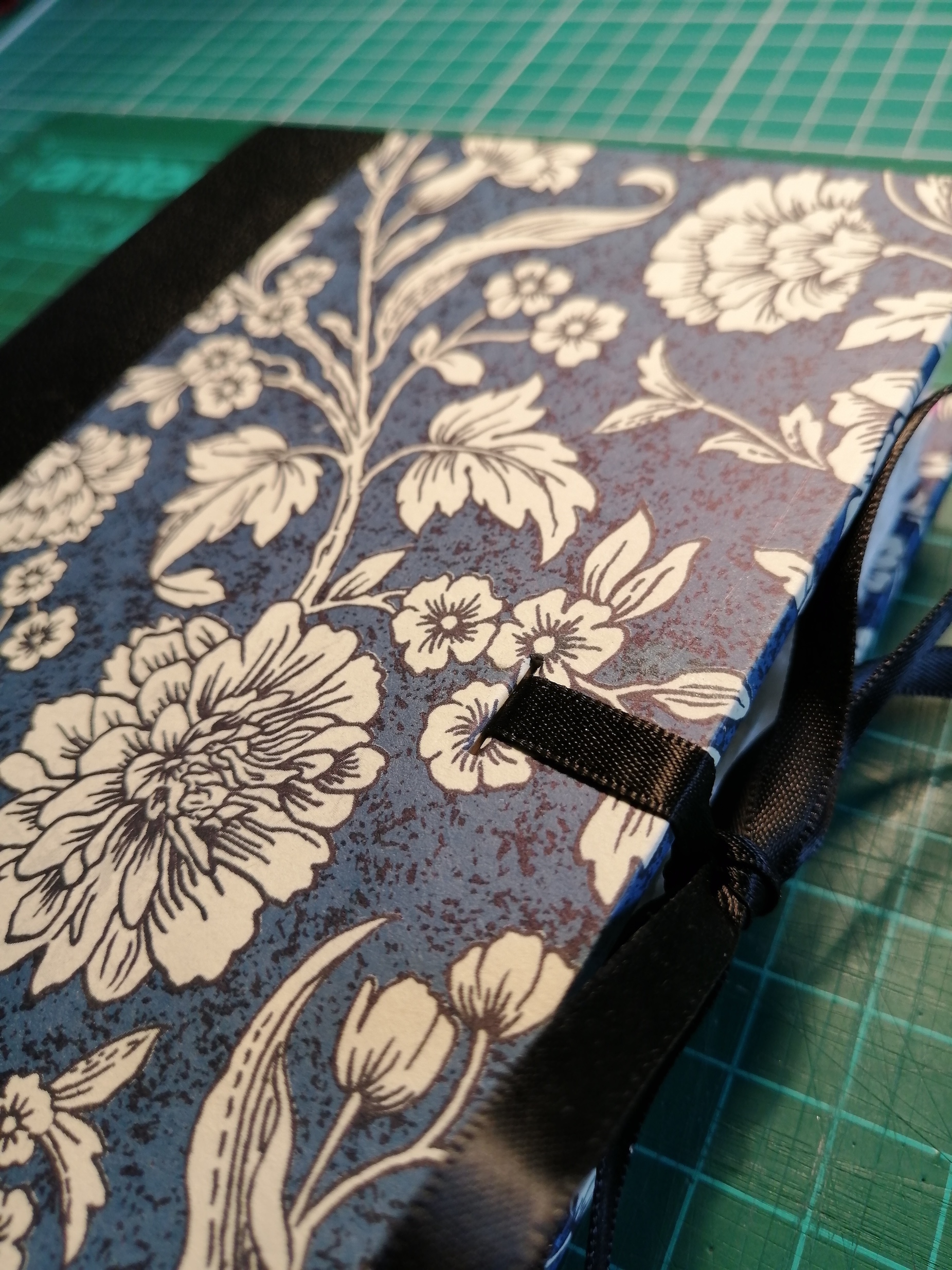
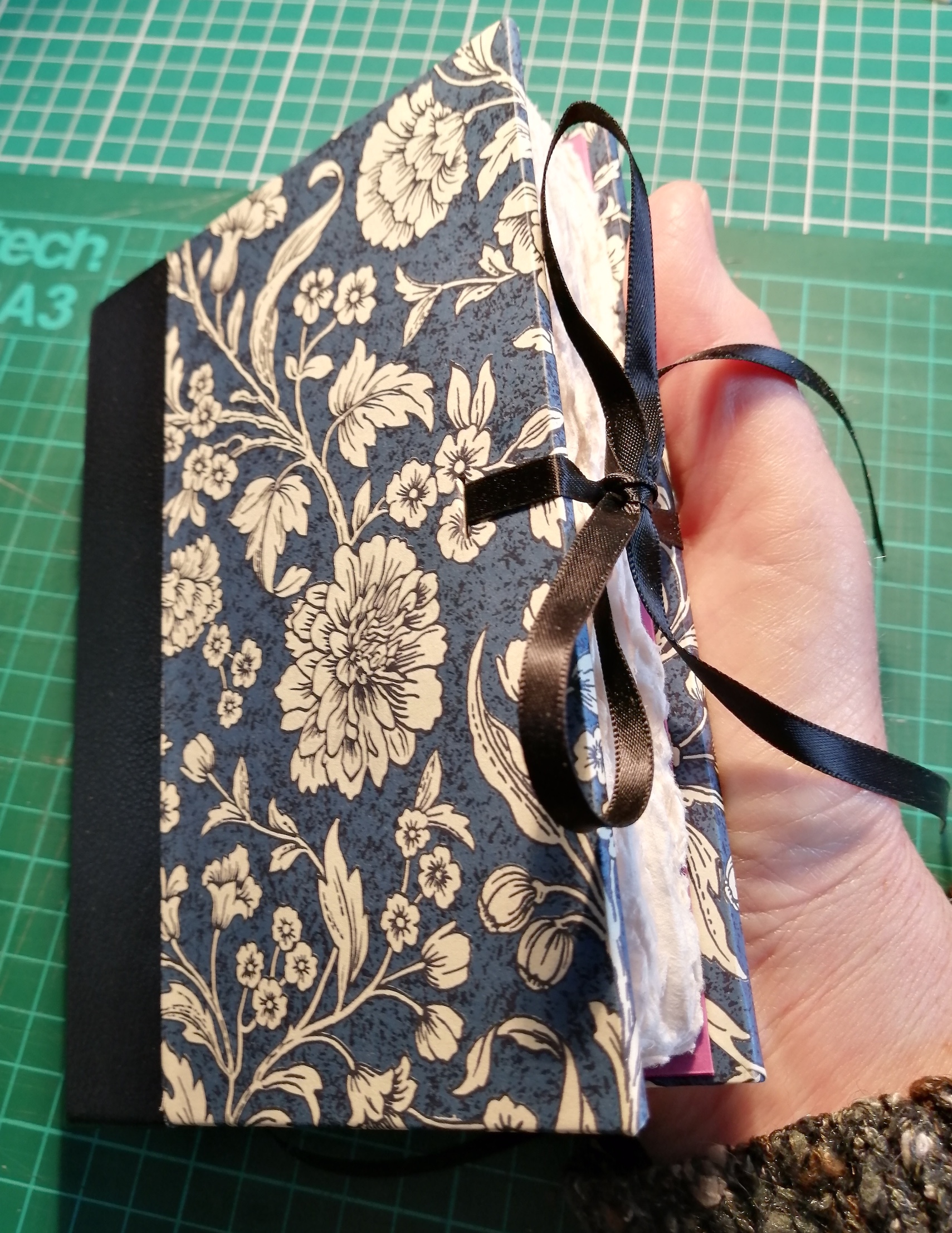
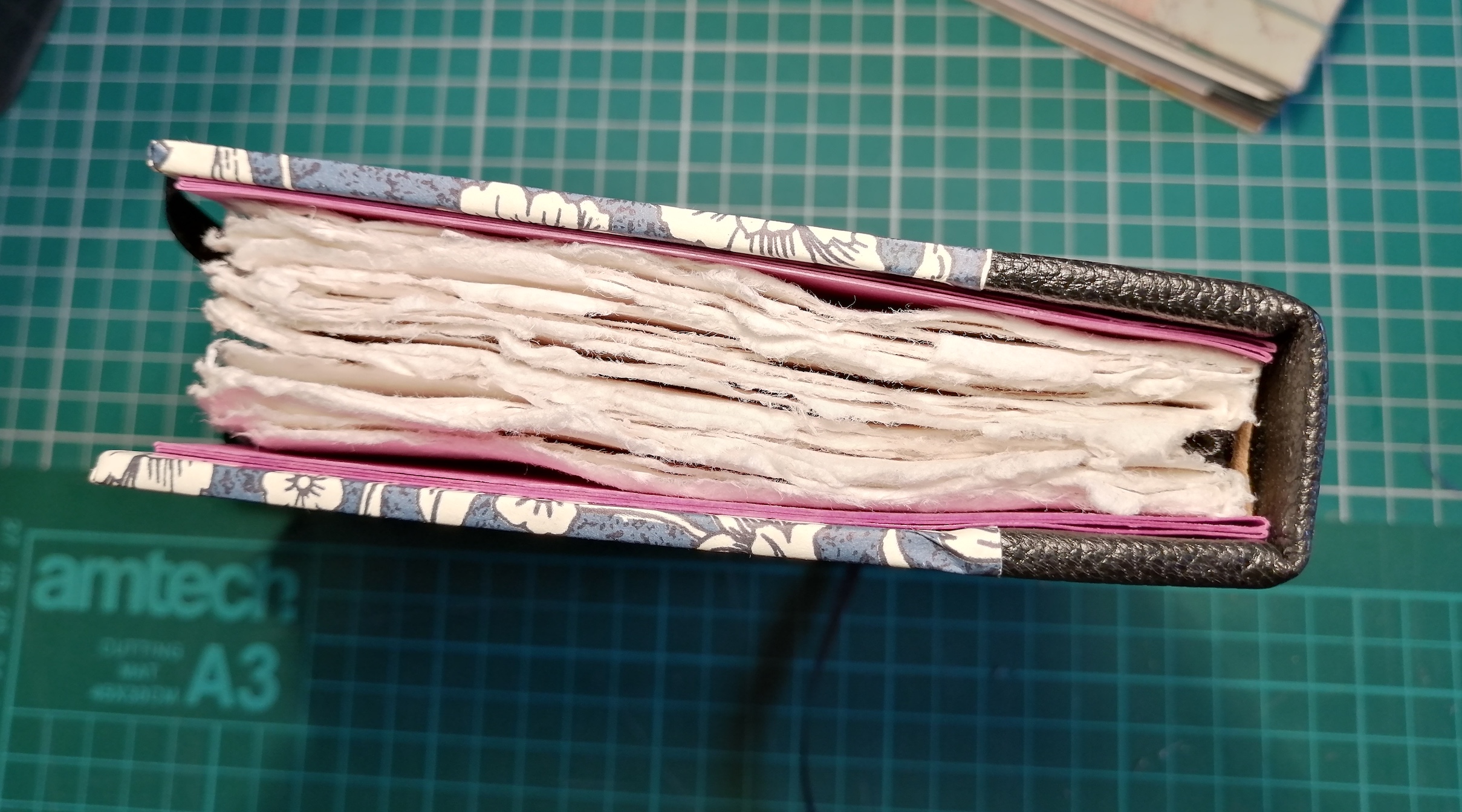
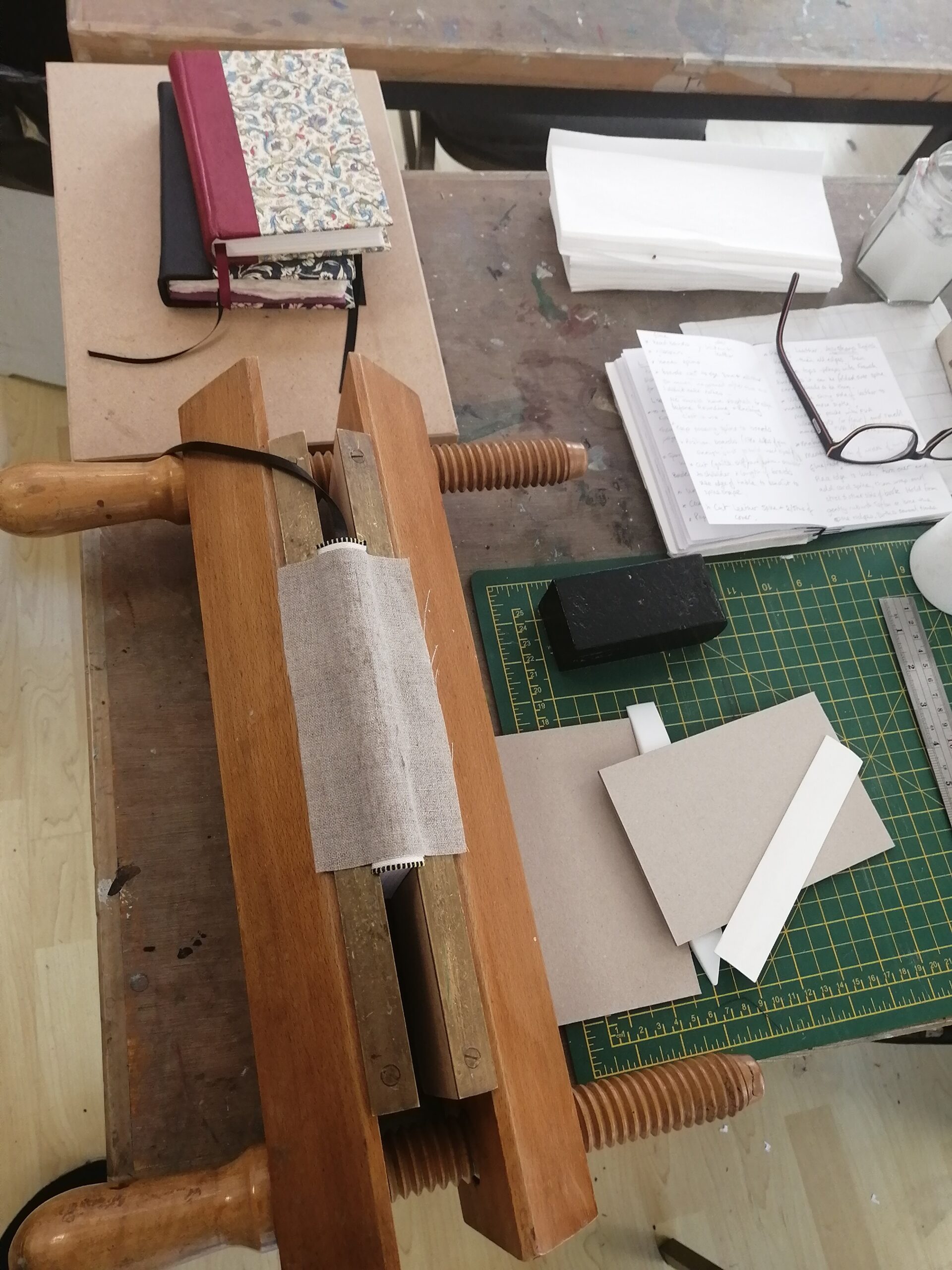
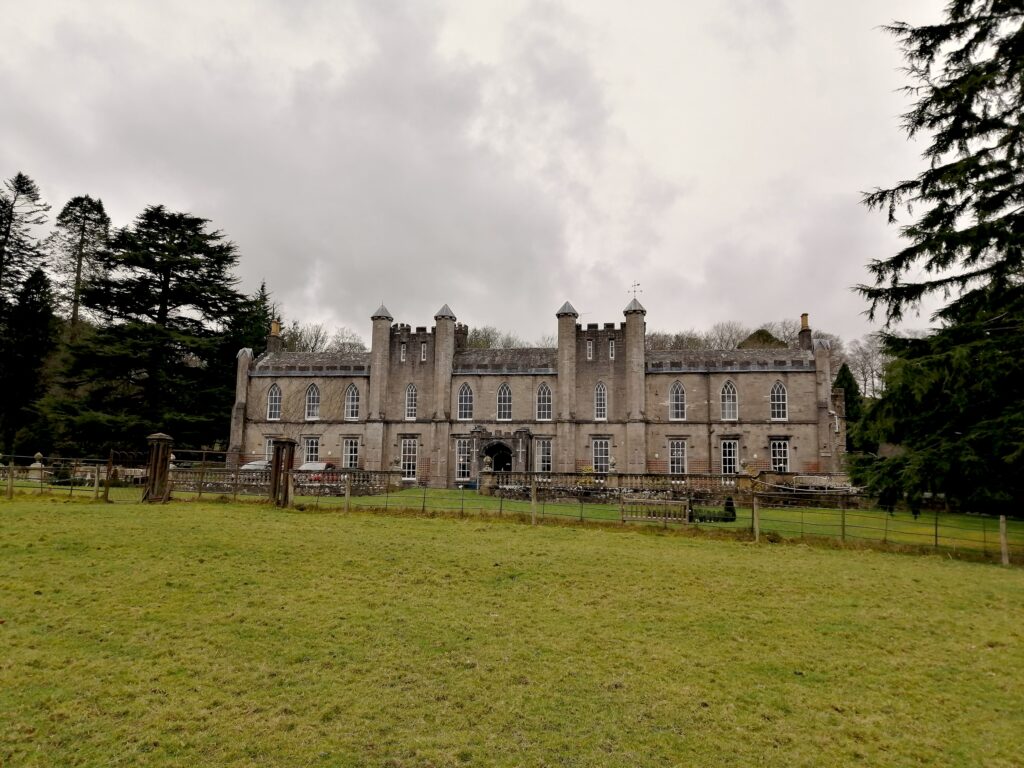
Books completed there
